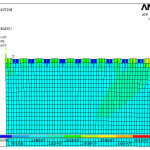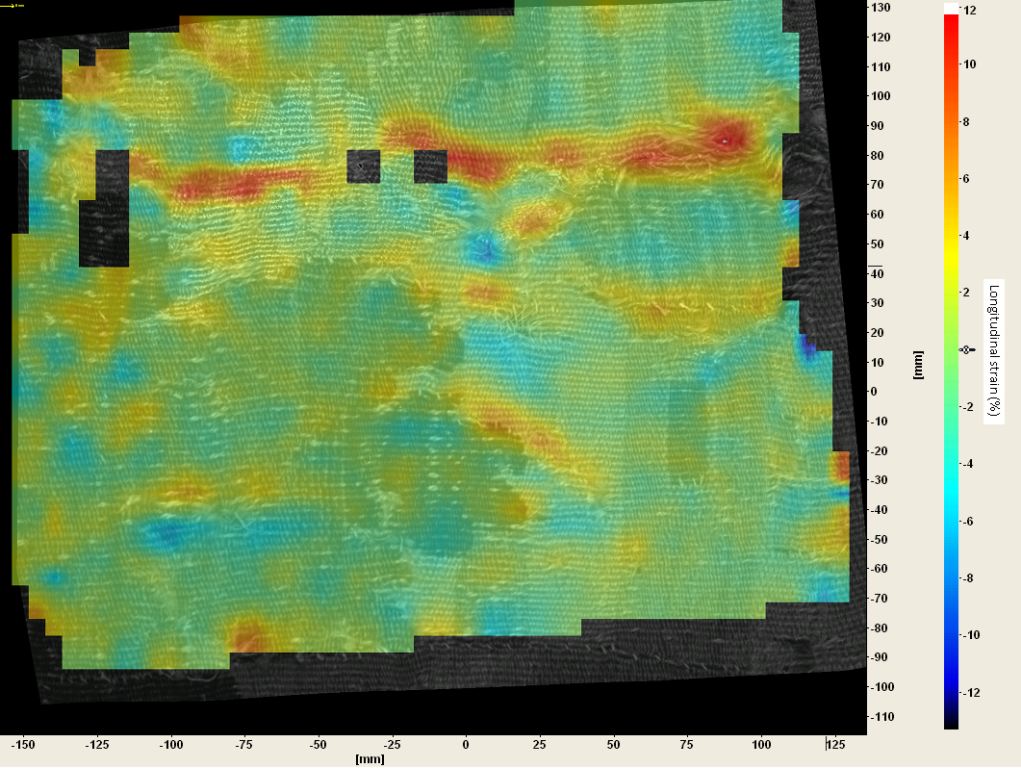
By Frances Lennard, Senior Lecturer in Textile Conservation.
Tapestry conservation research has just received a great boost: the Leverhulme Trust has recently made an award of £200,000 to the University of Glasgow to carry out research into tapestry conservation and display. There are many magnificent collections of tapestries in museums and historic houses but they are often in very weak condition, the result of many centuries’ exposure to light, pollution and handling.
The award will fund a new three-year research project, a collaboration between the Centre for Textile Conservation (CTC) and the School of Engineering at Glasgow – the investigators are Frances Lennard of the CTC and Dr Philip Harrison in Engineering. The project will develop initial work at the University of Southampton on the strain monitoring of tapestries. Most conservation research in the past has focused on the way tapestries and other textiles degrade chemically, and it is relatively unusual to focus on the mechanical effects of treatment and display.
Tapestry conservation techniques aim to do two things at once: stabilise the tapestry structure and make it safe to hang, whilst also adding colour to help redefine the image where it has been affected by damage. This research will help us to understand the effects of different types of stitched support. It will also investigate the benefits and potential drawbacks of displaying tapestries on sloping boards, a technique which is becoming more common across Europe.
We will use strain monitoring techniques, such as digital image correlation (DIC), and also computer modelling to give us a better picture of the physical effects of these methods.
There are many specialist tapestry conservators working in museums around the world who have enormous skill in working with these large, weak textiles, but methods are largely based on tuition and experience. It’s also notable that there are large regional variations in the techniques used. The project aims to provide data to help conservators and curators gain a better understanding of the mechanics of tapestry hanging and to inform decisions about treatments.
The newly woven tapestries at Stirling Castle also present an exciting opportunity to learn more about the ways tapestries are affected by hanging, from the moment they are first put on display. Monitoring at Stirling will be part of the overall project, helping us to gain a better understanding of the physical properties of tapestries and the way they change over time. See the blog of 24 June for more information on this tapestry monitoring project.
This computer model of a tapestry reproduces a tapestry hanging from press studs at regular intervals.

This model shows the effect of leaving one of the press studs unfastened, resulting in much higher stress (the area in red) immediately around the unfastened press stud, but also higher stress (in green) in a much larger area. This type of modelling can tell us a lot about the effects of supporting and hanging tapestries, but we need accurate information on tapestry behaviour to make the computer models as accurate as possible.
There are vacancies for a post-doctoral researcher, to be based in Engineering, and a PhD student, who will be based at the CTC, to take part in the research. Please see
http://www.gla.ac.uk/about/jobs/vacancies/011258 for details of the post of Research Associate in Computational Modelling. Further information about the PhD studentship can be found at http://www.findaphd.com/search/ProjectDetails.aspx?PJID=66447



